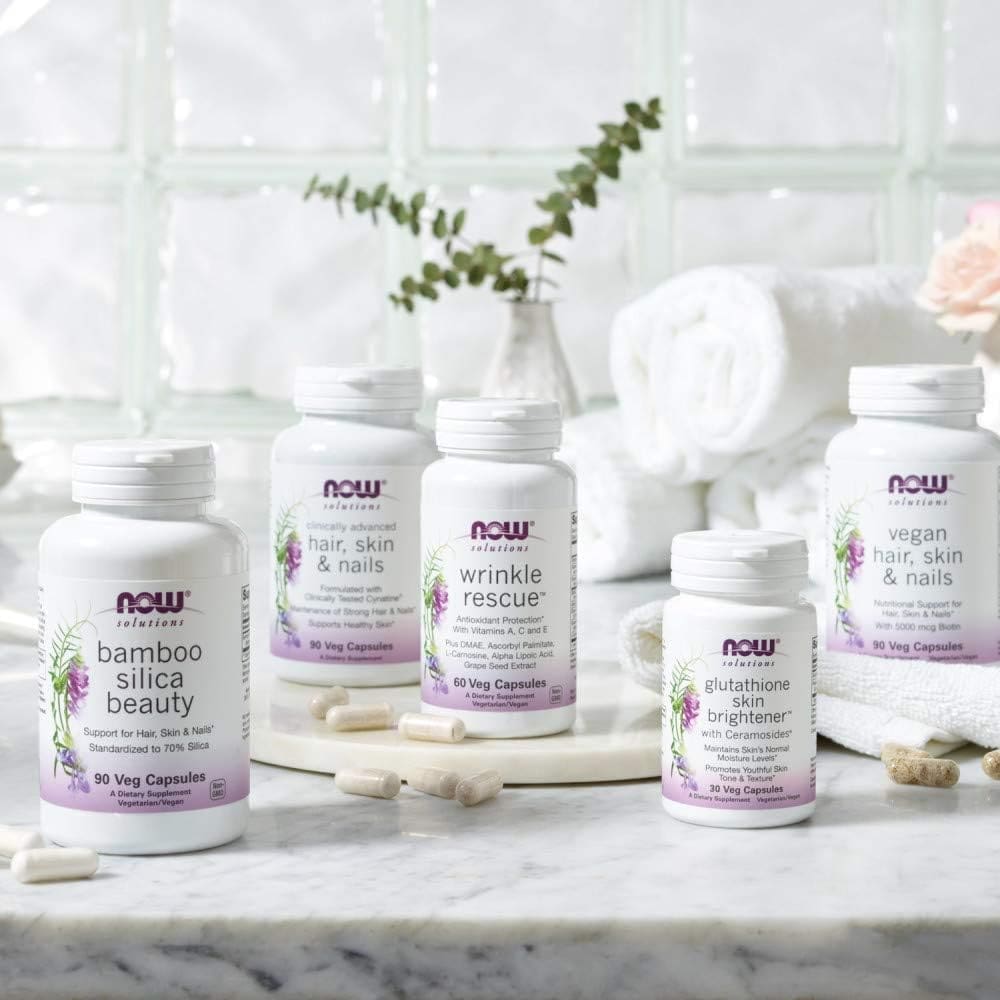
Fastest Way To Cure Melasma
Melasma can be treated; while no specific cure exists, there is always hope for improvement. Many seek ways to cure melasma naturally.
This persistent skin condition is characterized by dark, discolored patches—usually on the face—resulting from an overproduction of melanin. Although melasma can be complex and frustrating, there are effective strategies for managing and treating it. Thus, the journey to better skin begins with understanding the best ways to protect and cure melasma.
The Importance of Sun Protection
First and foremost, the most effective way to cure melasma is to use sun protection. Sunlight can worsen melasma, causing darker spots and prolonging its duration. Therefore, it’s essential to wear protective clothing, stay in the shade, and use a zinc oxide sunscreen year-round. Sunscreens shield against UVA and UVB rays, reducing the risk of melasma and protecting your skin from sun damage.
Goodbye Melasma: Your Guide to Clearer Skin
In addition to direct sunlight, it’s vital to consider indirect exposure.
Cure melasma by being cautious around reflections from surfaces like water and sand, which can increase UV exposure, heightening sensitivity and triggering flare-ups.
To adopt sun protection habits, consider using UV-blocking umbrellas, wearing wide-brimmed hats, and sunglasses daily.
Identifying Triggers
Moreover, melasma can develop from various triggers, including hormonal fluctuations, certain medications, and even cosmetic products. Women may develop melasma during pregnancy or while using birth control pills due to hormonal changes that affect pigmentation. Thus, it’s essential to be attentive to your body and identify potential triggers.
Keeping a diary to track your skin’s response to diet, menstrual cycles, medications, or new skincare can help identify patterns related to melasma and inform your treatment choices.
Furthermore, environmental factors also play a significant role. High-energy visible (HEV) light from modern devices like smartphones, computers, and LED screens can exacerbate melasma.
Understanding this process is crucial for curing melasma, as blue light generates free radicals that increase melanin production and weaken collagen and elastin, essential for skin firmness and elasticity.
To reduce melasma’s intensity, consider decreasing screen time or using blue light shields on digital devices.
Holistic Internal Health
While external protection is crucial, internal health also plays a significant role in managing melasma. Interestingly, incorporating certain vitamins and superfoods into your diet can be a powerful ally against pigmentation issues. Antioxidants like vitamins C and E help combat oxidative stress and promote skin health due to their anti-inflammatory properties. Foods rich in these vitamins—such as oranges, berries, almonds, and leafy greens—can contribute to a vibrant complexion.
Moreover, glutathione is another well-known antioxidant that helps manage melasma by fighting free radicals and controlling melanin production. Therefore, consulting a healthcare provider about supplementation and detoxifying can be beneficial for your skin health.
Creating an Effective Skincare Routine
When establishing your skincare routine, it’s vital to choose products designed for sensitive skin. Consequently, harsh ingredients can worsen melasma, leading to increased irritation and inflammation.
Choose gentle cleansers, serums, and moisturizers that prioritize soothing ingredients over harsh exfoliants or alcohol-based products.
Key ingredients like niacinamide and licorice root extract are known to brighten the skin and reduce inflammation, which can help in your quest to cure melasma.
Thus, these components target pigmentation while enhancing overall skin resilience. Additionally, sunscreen should be a non-negotiable part of your routine; reapply it every two hours during prolonged sun exposure, and use it as a protective measure against harmful light from technology.
Embracing Makeup Wisely
Be cautious with makeup, as some formulations can aggravate melasma instead of concealing it. For this reason, opt for organic and clean cosmetics free of toxic ingredients. Mineral makeup, particularly those containing zinc oxide, can provide an extra layer of sun protection while calming the skin.
Use lightweight, breathable products for sensitive skin to avoid clogged pores and breakouts.
Furthermore, it’s important to limit the use of products with harsh chemicals that could cause irritation, as curing melasma involves being mindful of skin reactions. For instance, avoid products with high alcohol content or strong fragrances. Always perform a patch test with new items to gauge your skin’s reaction before applying them to larger areas of your face.
Managing Stress and Hormonal Balance
Finally, elevated stress levels can worsen melasma due to hormonal imbalances. Thus, managing stress is crucial to cure melasma. Aim for a balanced lifestyle that includes relaxation techniques, a healthy diet, and regular exercise to help maintain overall skin health and minimize melasma flare-ups.
By understanding melasma and implementing these strategies, you can take significant steps toward managing the condition effectively and achieving clearer skin.



